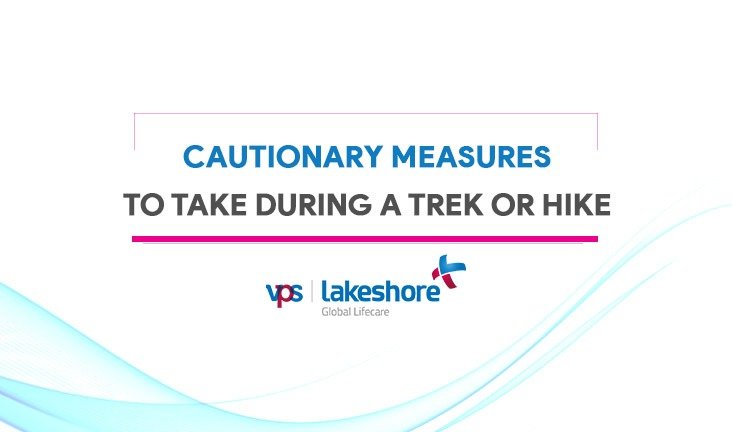Video
Consultation

عربى

Video
Consultation

Book An
Appointment

Accident & Emergency
99616 30000

Help Desk
99616 40000

Robotic
Surgery

Patients Login Portal

We explore the risks of trekking along with measures to face them so that you're totally prepared for you next big trek .
We all know that Trekking is an activity that can truly breathe some life into us. The physical exercise combined with the reward of gawking at the stunning views, especially when we’re tagging friends along, can be addictive. That is all well and good but what are the things to be kept in mind before going out for a demanding trek? Let’s find out.
Precautions to be taken
•It is wise to go with a couple of friends or well-wishers as exhaustive activities like these can pose medical risks along with the chance of attacks by wild animals. So needless to say, going with a group of people who can lend hands can’t be a bad decision.
•Never forget about hydration. Without hydration, your body simply won’t have the energy to carry out the cardio workout it deserves, and it can even cause you to faint.
•Do the proper research required to see whether the place you have decided on is safe for public entry and watch out for potential risks like wild animals or natural calamities. Also make sure that it is not a government restricted area.
•Always have protein rich food before and after the trek that can keep you satiated as well as to repair your muscle cells after a rigorous exercise like trekking.
•Never drink alcohol before a trek as it can dehydrate your body.
•Always carry phones or devices to keep contact with the outside world in the case of emergencies. Having a GPS tracking device is also useful and even better if it can download offline maps. Carry a first aid kit without fail.
•Always be mindful of your surroundings.
•Most importantly, be aware of your physical limits and do not torture your body by pushing it excessively. Gradually build up to difficult treks.
Potential risks from the area chosen to trek on
1) Watch out for the presence of wild animals and be prepared in case you need to face them or run away from them, in ways that are appropriate. Do not engage in hand to hand combat with predatory animals unless you or your loved ones are being attacked and there is no way out.
If bitten by a snake
•Wear shoes at all times.
•Remain calm in order to reduce the spreading of venom.
•Stay away from the striking distance of the snake.
•Remove any ornaments, jewelry or tight clothing to avoid swelling of the wounded area.
•Do not apply ice on the wound by any chance.
•Do not try to cut the wounded area.
•Avoid drinking caffeine or alcohol as these substances could speed up your body’s venom absorption rate.
•If possible, take a picture of the snake that bit you so that medical professionals can help find the right anti-venom for you.
2) Do not try to touch, pluck or eat the local plant life in forested areas, as they may be poisonous in their natural state.
3) Watch out if the trekking area chosen is plagued by natural calamities like landslides, storms or forest fires and take the necessary precautions to keep yourself and your friends safe in such situations.
What to do in the case of a fall/ body injury
•Keep in mind to protect your head in the case of a fall by placing your arms in a crossed form on your head so as your elbows are protecting the sides of your head. It would also be wise to wear a helmet when going out for a trek.
•Try to check for signs of bleeding from any part of your body.
•Try to pinpoint where the pain is coming from.
•Avoid touching the wounded area but observe to see whether your limbs or other areas show signs of fractures.
•Use the bandages in your first aid kit and avoid moving the fractured area, if there is one.
•Do not try to be overly self-sufficient in the case of injuries, call for medical assistance immediately.
The major medical risk to watch out for during trekking
ACUTE MOUNTAIN SICKNESS
Also known as high altitude mountain sickness, this sickness can affect anyone trekking in high altitude areas above 8000 feet or 2400 meters like mountains and steep hills. This condition may be recognized by the following symptoms:
•Dizziness
•Nausea
•Heavy Breathing
•Severe Headache
•Chest Compression and pain
Measures to treat Acute Mountain Sickness
•Take a Diamox 250mg tablet and drink it with water.
•Immediately after, take a rest for an hour.
•Avoid major physical activities.
•Descending to a lower altitude area will help to reduce the effects.
So remember, always take the necessary precautions before a trek and enjoy the rush!